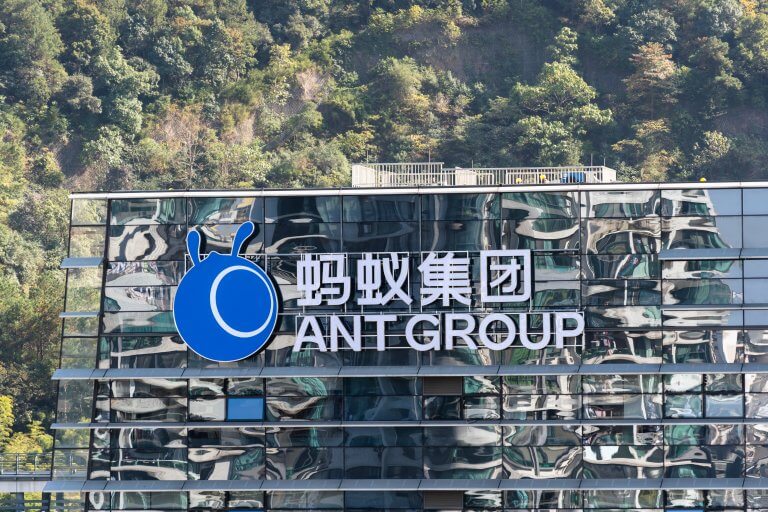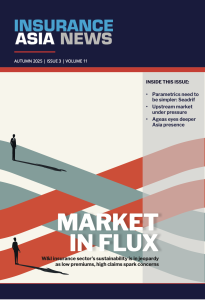Ant Group’s woes a boon for established insurers
February 8 2021 by Raymond Barrett
With Ant Group soon to be subject to the same oversight as traditional banks, established insurers in China are likely breathing a sigh of relief that a would-be digital disrupter has been brought to heel.
Several media outlets reported this week that Ant Group, formerly known as Ant Financial, had “agreed” to restructure its credit, investment and insurance operations into a financial holding company to resolve an ongoing saga with the China Banking and Insurance and Regulatory Commission (CBIRC).
The regulator shot down the high-flying digital payment giant’s IPO in November over fears that a lightly regulated lender with access to a billion potential customers posed a systemic risk to the Chinese economy.
Jack Ma’s Alibaba and its subsidiary Ant Group had grown so quickly precisely because Beijing had exercised a light touch, but going forward the fintech giant will be subject to the same capital requirements as banks.
Ant has been building out its insurance business in recent years through its Alipay platform, mostly through the distribution of products offered by partner insurers. Ant is estimated to hold around 13% of the online insurance market and its Xiang Hu Bao mutual aid platform — which offers health protection to lower income people, especially in rural areas — is believed to have signed up at least a 100 million customers since it was launched in 2018.
The fact that the Chinese government became unwilling to tolerate a digital maverick moving into a traditionally conservative sector suggests that insurance start-ups who take a loose approach to risk management may also suffer a similar fate.
Speaking at the Asian Financial Forum this January, CBIRC chairman Guo Shuqing noted that the financial sector will be subject to “prudential regulation” in the years ahead. In addition, with the deadline for implementation of the new IFRS 17 regime fast approaching, the regulatory burden facing the insurance sector is only set to increase.
Therefore, well-capitalised insurers with extensive internal compliance and control systems may be less likely to face sudden competition from digital giants such as Tencent, Ant or smaller insurtechs.
This is likely a relief to more “old school” insurers who rely on antiquated relics such as human beings to distribute their products — insurers still employ hundreds of thousands of agents across China.
In what may be a prescient sign of the road ahead, Yin Ming, the head of Ant’s insurance unit, resigned last month after five years on the job amid uncertainties over the direction of the business.
His destination? The Beijing-based Sunshine Property and Casualty Insurance.
How very old school.
-
Opinion: A sinking feeling? P&I clubs needs to grasp the nettle, but choppy waters lie ahead
- December 12
Volume of claims finding their way into the International Group of P&I Club’s (IG) pool has made many clubs twitchy after it suffered its worst year ever in 2024.
-
Opinion: Mutually beneficial to address Hong Kong’s marine war insurance needs
- December 1
Hong Kong Marine War Risks Insurance Pool will focus on providing marine war risk insurance, covering vessel loss or damage caused by acts of war, piracy, terrorist attacks, and related geopolitical incidents.
-
Opinion: Can AI solve the APAC renewable risk conundrum?
- October 29
A shift is needed from a reliance on historical pattern recognition to inform pricing and underwriting decisions to engagement with real-time data analytics and technology-based risk assessment instead.
-
Opinion: ‘Dib dib dob dob’: Hong Kong’s disaster risk management leads the way, highlighted by subdued Super Typhoon Ragasa losses
- September 30
Most powerful tropical cyclone of the year to date impacted Hong Kong, Macau, mainland China, Taiwan and the Philippines last week.
-
QBE | Elevating customer experience, humanising claims: QBE Asia’s ‘Solutions in a Box’
Vastly improving turnaround times and personalising service delivery, QBE Asia’s award-winning, end-to-end bundled claims solutions is a game-changer for the insurance industry.
-
Beazley | What does cyber protection look like from day 1 to day 600 and beyond?
Cybersecurity is no longer just an IT concern, but a governance issue that belongs on the boardroom agenda.
-
Sedgwick | Preparing for the next storm
Insurance industry needs to recalibrate, invest in innovation and strengthen systems, talent and data practices.
-
Peak Re | From climate modelling to market opportunity: Forging a new clarity on Southeast Asia’s climate risk
Southeast Asia's protection gap: a crisis of clarity, not just capital

